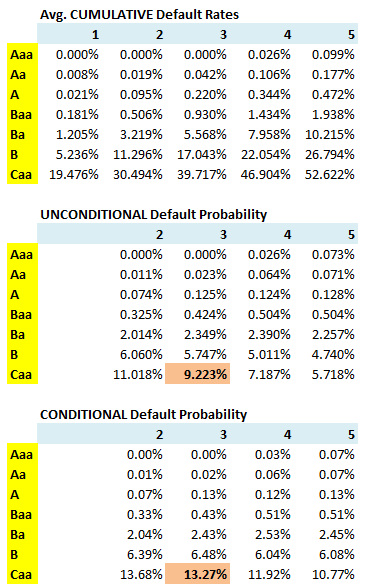Dennis Choi
New Member
Dennis: Read this from Hull and you will know why... I too screwed this one up... Honestly, Swaps are not covered in detail in Lvl 2 and I just wish my memory from Lvl 1 back in 2009 was better... View attachment 27
@troubleshooter. Well I'm not bragging about my memory but I do can say that 32.5 is absolutely right. First of all, I calculated every type of LiboR+3.xx% while the bond appreciated 20%(I think I even remember the index rates which were 9600->11500). There is absolutely noway that an interest payment of 8.5M can come out. Anybody, try it yourself. The 3.xx portion I recall was 3.00. (So it was LiBoR + 3.00%) When you use 0.25% as the LiBoR rate the only time you can get an 8.5M interest is when it is LiBoR+4.00%.... I am like 200% sure that it wasn't starting with a 4. It was definitely starting with a 3 and I recall it was 3.00%
Any one who doesn't agree well ok then.
Oh and the notional on the reference was 200M.



 ; Guesses and unsure assumed to be wrong. Based on my previous analysis, 60 should be a certain pass (assuming criteria of top 5% score 95% and pass mark is set at 80% of that which is also pretty harsh I guess.). So I am feeling comfortable at getting a pass... Best of luck to everyone...
; Guesses and unsure assumed to be wrong. Based on my previous analysis, 60 should be a certain pass (assuming criteria of top 5% score 95% and pass mark is set at 80% of that which is also pretty harsh I guess.). So I am feeling comfortable at getting a pass... Best of luck to everyone...